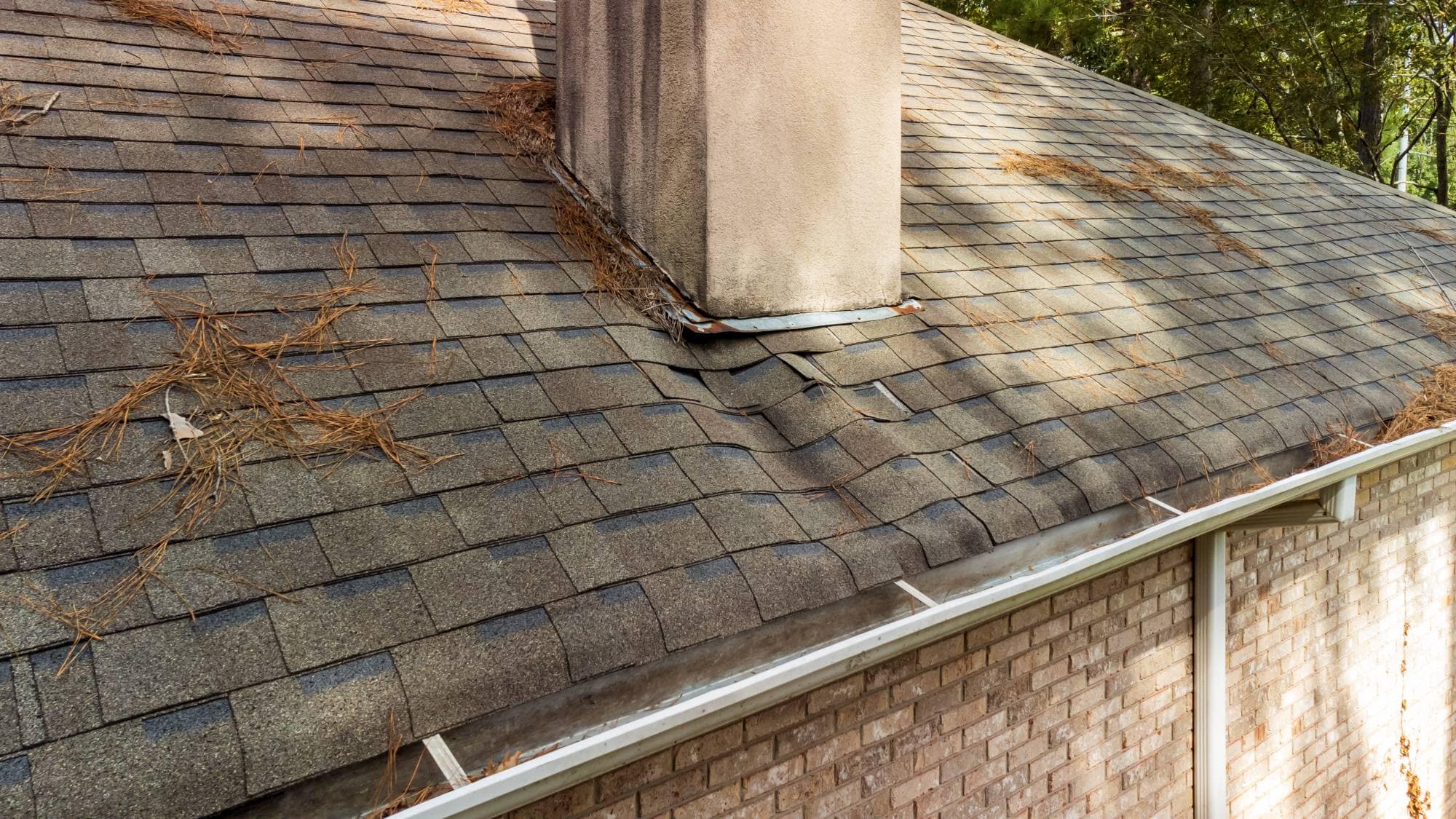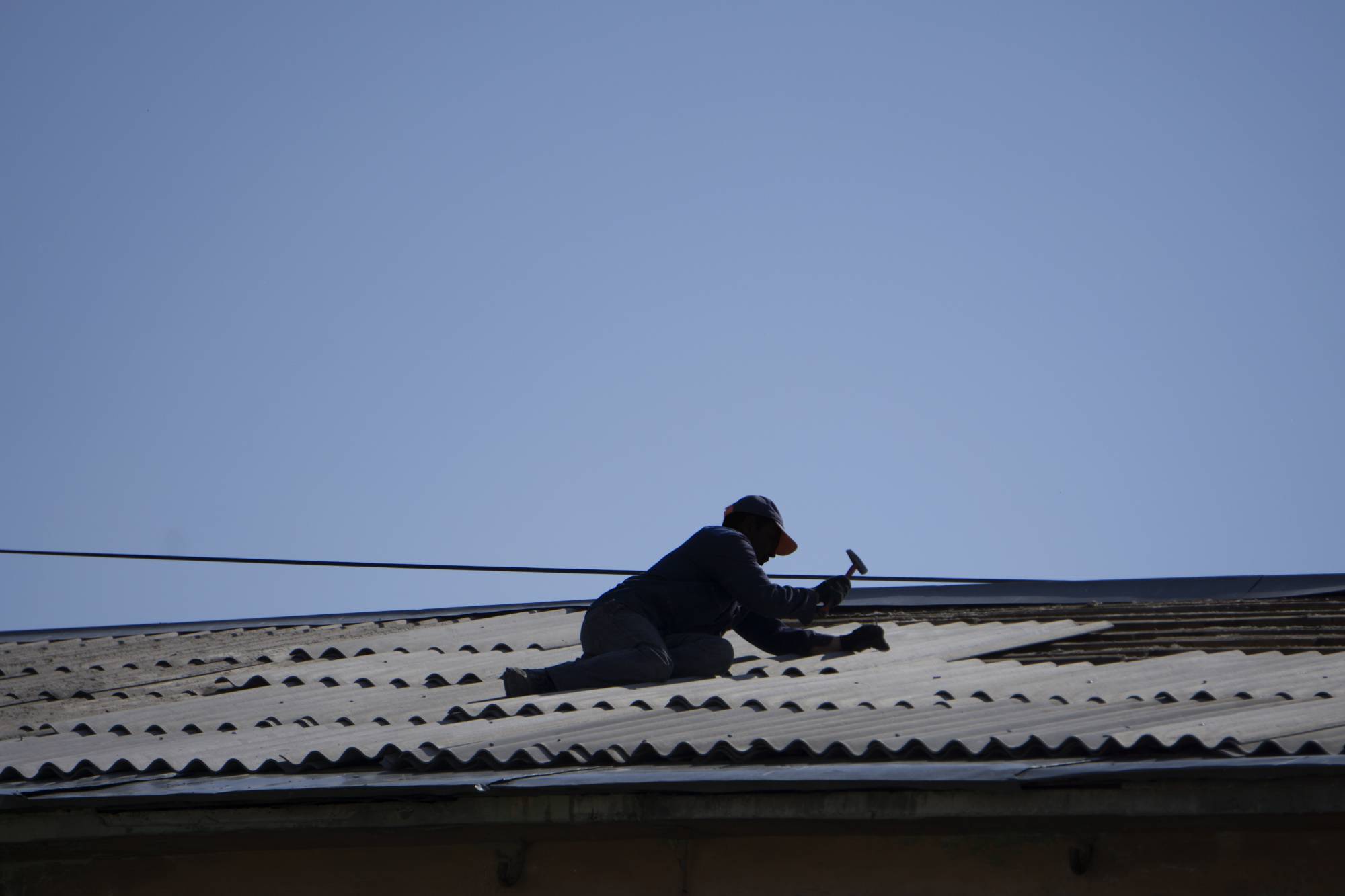Professional chimney leak repair that finds the real source and fixes it right the first time.

Hear from Our Customers

When your chimney stops leaking, everything changes. No more water stains creeping down your walls. No more damp spots in the attic that make you worry about mold. No more wondering if that drip will turn into thousands in structural damage.
You get back to using your fireplace without stress. Your home’s value stays protected. Most importantly, you stop losing sleep over what that water might be doing behind your walls.
The relief is immediate once we seal the leak properly. But the real benefit comes later – when the next storm hits and your house stays completely dry.
Above and Beyond Chimney has served Norfolk and Plymouth Counties for over 25 years. We understand how South Seekonk’s freeze-thaw cycles crack chimney crowns and how coastal moisture affects your brickwork differently than inland properties.
Our CSIA-certified technicians see the same leak patterns every winter – failed flashing after ice dams, deteriorated mortar joints from salt air, and crown damage from those 36 inches of annual snowfall. This local knowledge means we know exactly where to look and how to fix it permanently.
We’re not the cheapest option in Bristol County, and that’s intentional. When water is already damaging your home, you need expertise that stops the problem completely, not a temporary patch that fails next season.

Most chimney leaks aren’t what they appear to be. That drip in your firebox might actually be coming from damaged flashing twenty feet away. We start with a systematic inspection of every potential entry point – crown, cap, flashing, and masonry.
Our technicians check for obvious problems like cracked crowns or missing chimney caps, then look deeper. We examine mortar joints for deterioration and test flashing integrity. Sometimes we’ll run a controlled water test to pinpoint exactly where water enters.
Once we identify the real source, we explain what we found and why it’s happening. Then we fix it using materials designed for South Seekonk’s weather – concrete mixes that resist freeze-thaw damage, properly sized flashing, and waterproofing that actually works in New England humidity.

Ready to get started?
Our chimney leak repair addresses every component that keeps water out of your home. We repair or replace damaged flashing with properly sized materials that won’t lift in South Seekonk’s winter winds. Crown repairs use concrete mixes with additives specifically designed to resist the freeze-thaw cycles common in Bristol County.
Chimney cap replacement focuses on keeping rain out of your flue while maintaining proper ventilation. We also address masonry issues – repointing deteriorated mortar joints and applying professional-grade waterproofing that allows your chimney to breathe while blocking moisture.
Each repair comes with our understanding of local conditions. We’ve seen how South Seekonk’s humid summers affect different chimney materials and how winter ice dams create unique stress points. This experience means our repairs last longer because they’re designed for exactly the conditions your chimney faces.
